One has to shake their head and ponder what might have been.
In the season’s first half the Shorebirds had their best half since 2008, finishing with a 38-31 record and contending until the final days of the half before Greensboro and Hagerstown proved to be too strong of adversaries. Those two teams will tangle for the right to be this year’s Northern Division champion by virtue of winning one of the two season halves, but Delmarva went in the opposite direction after the break, staggering home with a 28-42 second half record. Still, the 66-73 overall mark broke a string of four straight seasons where we couldn’t even manage to win 60 games and was the team’s best finish since their 66-70 record in 2009.
Unlike the last few years as well, the team actually had some semblance of offense. Instead of being mired among the bottom-feeders, the 2014 Shorebirds had some decent overall numbers, to wit:
- A .267 team batting average was 4th in the league. This is the highest the Shorebirds have ever ranked in team batting and set the record for best overall average in franchise history.
- Yet 592 runs was just good for 8th in the league. One scratches their head about this when it’s noted their 1,267 hits was also fourth in the loop (and another franchise record.)
- The 230 doubles ranked ninth overall, while 39 triples were good for fourth once again.
- Perhaps the reason for the slow run production was the fact their 53 home runs were dead last, with West Virginia next up with 62.
- We finished seventh with 538 runs batted in.
- We also finished eighth in total bases with 1,734.
- We only drew 369 walks, which ranked 12th in the SAL. On the other hand, 1,129 strikeouts was third-most.
- We finished 10th in stolen bases with 118 and were caught 51 times, which tied for ninth.
- Our .327 on-base percentage was ninth in the league, with a slugging percentage of .365 ranking tenth. This meant our OPS of .691 (thanks to rounding) was 10th.
As opposed to 2013 where just one player even batted .300 in limited action, a full half-dozen regular players reached that mark. (As it turned out, all six were Shorebirds of the Week so details to follow.) Indeed, as a whole the offense belied my preseason prediction:
It doesn’t appear the Shorebirds will be an offensive juggernaut, but their pitching should be very good. We may see a lot of 3-2, 2-1 style games at the ballyard.
So about that pitching. If there was a culprit in their second-half decline, it was from the mound. For most of the first half the team ERA was in the top three or four, but the pitching numbers went south by season’s end thanks to injuries and callups. We ended up eighth in the league for ERA with a 3.80 mark.
Some other pitching numbers:
- Our 10 shutouts were good for fifth in the loop.
- We had the fifth-highest number of saves with 37.
- With 1,210 1/3 innings pitched, we were sixth in the SAL.
- 1,173 hits allowed was fourth-lowest. Yet the 606 runs we gave up was only good for seventh and the 511 earned runs tied for sixth. (We had the fifth-fewest errors with 146, leading to 95 unearned runs, which was sixth fewest.)
- Maybe it’s because Perdue Stadium is a tough home run park, but we gave up the fourth fewest with 70.
- Nor were we afraid to pitch inside, hitting the second-most batters with 83 (West Virginia had 95.) It had to be that, because the 394 walks we allowed were fourth-lowest.
- 1,105 times opposing batters walked away muttering to themselves because they struck out, making us fifth in the league. One of my Shorebirds of the Week was the league leader in that category.
- Finally, our WHIP (walks+hits/innings pitched) was third in the league at 1.29.
So the pitching wasn’t exactly the strength and the hitting wasn’t as bad as I thought it may be. As a sum of its parts, the season had its moments but a team that saw several of its record seven league All-Stars leave as the second half began and progressed found its depth left something to be desired.
Unfortunately, the help we received this year from an Aberdeen team which made the playoffs in 2013 won’t be as likely next year. The IronBirds flopped in their defense of a division title, going a league worst 27-48 after starting the season 1-16. At the Gulf Coast League level, those Orioles went 29-31 but the Dominican League teams did well, with the two Orioles teams going a combined 77-63 and one making the playoffs. It usually takes a couple seasons for those players who even make the jump to the States to get to Delmarva.
On the levels above, only AA Bowie finished above .500 with a 72-70 record. Frederick ended up barely missing the playoffs despite a 65-72 record, while Norfolk was well out of the running at 65-79.
The question before us now is how this year’s crop of Shorebirds of the Week fared, so let’s review.
April 3 – Drew Dosch
When I selected Drew, he was the ultimate pig in a poke – as a 2013 draft choice and having missed all of the 2013 rookie league season with an injury, I had no idea how he would perform with Delmarva. For all I knew, he could have been consigned to extended spring or Aberdeen after a tough start. Instead, all Dosch did was make the SAL All-Star Game and set a new Shorebird record for hits with 157. Overall in 128 games Drew hit .314/5/50/.783 OPS in exactly 500 at-bats. It’s unfortunate he missed the last handful of games because he was a prime candidate to get a cup of coffee with Frederick. Drew also led the team with 76 runs scored, walks with 47, and total bases with 202, and was in the hunt for the batting title until the last couple weeks. He was also one of the seven All-Stars to come from the Shorebirds, and is likely to be manning third base for Frederick next season.
April 10 – David Richardson
Unfortunately, David’s second tour of duty with the Shorebirds was cut short by an injury at the midway point. Up until then, Richardson was putting together some good numbers: a 1.95 ERA in 32 1/3 innings, with just 24 hits allowed, a 24/11 K/BB ratio, and 1.08 WHIP. He was a candidate for promotion to Frederick if not for the injury, but if he can begin the season on time should have a legitimate shot at moving up.
April 17 – Hunter Harvey
We knew he was a top prospect coming in, and he didn’t fail us in that regard. Until a strained flexor mass in his elbow shut him down in late July, Hunter was one of the league’s ace pitchers, representing Delmarva at the league’s All-Star Game as well as in the Futures Game just before his shutdown. So while his 7-5 record wasn’t ace material, the 19-year-old fanned 106 in just 87 1/3 innings while walking just 33 and allowing only 66 hits (for a WHIP of 1.13.) While only six of his 17 starts were considered “quality” starts, it was oftentimes because he didn’t complete the requisite six innings to qualify – ask Lakewood about the quality of his May 12 start where Harvey mowed them down for seven innings with just one hit, striking out 10. Fortunately, the only issue which should arise from that injury he suffered in July down the road is that Frederick’s coaching staff may have to watch Harvey’s innings in 2015.
April 24 – Jeff Kemp
Jeff put in a workmanlike season for Delmarva, mainly splitting his time between shortstop (61 games) and second base (40 games.) While a .254/4/42/.653 OPS slash line wasn’t the greatest, the average improved over his 2013 season with Aberdeen as did his fielding overall. Yet he also regressed in both slugging percentage and on-base percentage, so his OPS dropped about 30 points between seasons despite the higher average (.254 this year vs. .240 at Aberdeen in 2013.) But Kemp will probably go into spring training as one of those players fighting for a position within the organization given his somewhat pedestrian numbers, low draft status as a 33rd rounder, and age as he will turn 25 next March. If Kemp doesn’t make the Frederick roster, it’s not likely he’ll return here.
May 1 – Conor Bierfeldt
Conor led the team in home runs with 12 and RBI with 67. Unfortunately, at the plate that’s about all the good news for Bierfeldt as he struggled all year to stay above the Mendoza line and finished hitting just .196 for the season. After pushing for a respectable average through the middle of the season, Conor staggered home in an 11-for-81 slump after August 1st and hitting .136 for an extended period like that isn’t good for professional longevity, especially after a strong rookie campaign in Aberdeen where he hit .264/12/36/.862 OPS. Amazingly, the right-handed hitter hit .093 this season against left-handers, without a home run. When the OPS drops like a stone from .862 to .635 in a second season of pro ball, it’s not likely there will be a third. Like Kemp, Conor is an older player (turns 24 next April) who was a relatively low draft pick so he may not get another chance – if he does, it would probably be repeating here.
May 8 – Dylan Rheault
Dylan was often the guy in the right place at the right time in the season’s first half and led the team in victories for a large portion of the season (he was finally overtaken by Steven Brault.) Sort of an overlooked member of the staff thanks to a generally solid starting corps, he got his due as a late addition to the SAL All-Star Game roster. Overall for the Shorebirds, Rheault went 8-4 with a 2.82 ERA in 67 innings, stemming from a team-leading 34 appearances. Dylan allowed 60 hits, struck out 50 and walked 25 for the Shorebirds, resulting in a solid 1.27 WHIP. In terms of record, the reverse seemed to be true upon his mid-August promotion to Frederick, as he went 0-3 but had a respectable 3.38 ERA in 5 1/3 innings pitched among four appearances. One issue there was walking 5 while striking out just 2, but I suspect he will have the opportunity to iron out those problems with Frederick next season.
May 15 – Mike Yastrzemski
Mike was a man on the move this season. After playing the first half of the season in Delmarva and making the SAL All-Star team thanks to a .306/10/44/.919 OPS slash line here, he moved up to Frederick and eventually Bowie. His impact on the Shorebirds and the SAL was quite dramatic – even in just a half-season here Mike’s 10 triples still tied for the league lead for the entire season. (Note above the team only had 39 total.) After just 23 games at Frederick, where Yastrzemski put together an impressive .312/1/19/.827 OPS mark, the Orioles sent him to Bowie to finish out the year. There he looked more average, wrapping up with a .250/3/12/.723 OPS line in 43 games. I would imagine he should begin next year with the Baysox, which is an appropriate level given his age and baseball pedigree.
May 22 – Jimmy Yacabonis
Another player who made an outsized impact in just one half, the SAL All-Star closer finished the season third in the league in saves with 14 while playing just half the year here. Had he stayed it’s likely Jimmy would have been the runaway leader. But Yacabonis wasn’t staying after a dominant half where he struck out 31 in 25 1/3 innings. His 15 walks would have been more of a concern had he allowed more than 9 hits over that span – for the Shorebirds Jimmy’s WHIP was 0.95 because hitters only batted .113 against him. In the second half, though, he found out walks can come back to haunt him as Carolina League hitters were far more patient. In 28 1/3 innings at Frederick, Jimmy went 0-4 with an 8.58 ERA, walking 28 while striking out 23. Batters hit .301 against Jimmy at the higher level. Yacabonis may be one of those guys who stays in extended spring to work on his control if it doesn’t come around right away, but likely would be ticketed for a repeat at Frederick.
May 29 – Trey Mancini
Another late addition to the SAL All-Star Game, Mancini repeated his success at Aberdeen in 2013 for the half-season he was here, hitting .317/3/42/.779 OPS for the Shorebirds. But while the .251 average may not have been where he would have liked it, Mancini had a successful second half for Frederick as he hit seven home runs and knocked in 41, with a .691 OPS. He also maintained a good glove at first base. I’m not sure Mancini did enough to merit another promotion quite yet, but he’s got a good chance of following 2013 Shorebird Christian Walker up the organizational ladder as a would-be successor to Chris Davis in Baltimore.
June 5 – Chance Sisco
It’s apparent Chance was upset at not being picked to the league’s All-Star team, because all he did in the second half was hit .361 to become the first Shorebird to win the SAL batting crown with a team-record .340 mark. (Actually, the snub may have been from missing a handful of games to an injury.) In any case, the league made up for it by selecting Sisco as a post-season All-Star. Moreover, Chance hit five home runs and knocked in 63, collecting a .854 OPS in the process. There are some things Sisco needs to work on behind the plate – for example, he allowed 95 stolen bases in 74 games and only threw out 20% of would-be base stealers, while allowing 16 passed balls (compared to just 8 for Austin Wynns, who caught 62 games) – but the offense appears to be there. Chance may actually follow a similar career path to current Oriole catcher Caleb Joseph, who spent several years at Bowie while his defense caught up to his offensive talents, but also remember Sisco doesn’t turn 20 until the opening days of spring training next season.
June 12 – Sebastian Vader
Somehow I managed to pick all seven SAL All-Stars before the break, with Vader being the final piece. Sebastian briefly stayed for the second half but there was no denying that an 8-4 record with a 3.04 ERA and 1.13 WHIP in 13 starts was enough to move Vader up. He was the most durable Shorebird pitcher as the only one to average over 6 innings per outing, and most of them were very good. The numbers weren’t quite there with Frederick, as Sebastian went 3-4, 4.60 in 9 starts covering 47 innings. Most tellingly, the 55/15 K/BB ratio Sebastian had here was narrowed to 34/26 with Frederick, and the WHIP increased to 1.55. Vader has repeated levels in the past, as he spent two seasons in the Gulf Coast League and two seasons with Aberdeen before making his full-season debut this year, so I wouldn’t be surprised if he doesn’t repeat Frederick as well.
June 19 – Anthony Caronia
While Caronia was up and down between Frederick and Delmarva last season, and played here the final week of the 2012 season, too, this was the first time he was picked as a SotW. It’s too bad he only played in 53 games – missing several weeks after being beaned early on – because he did serious hitting all season while he was in the lineup, hitting .364/1/18/.848 OPS. Yes, he was repeating a level for the third time, and he’s predominantly a singles hitter with just 10 extra base hits among his 64 total. But the guy can steal a base (he had 12) and played a decent if not outstanding second base this season. You have to root for this type of player to get an honest shot at Frederick, even if he’s one of those lower-round draft picks who turns 24 next season – if he hits .179 as he did last time after 150-200 at-bats (as opposed to the 28 he got the first time there) then at least he got a fair shake.
June 26 – Steven Brault
Steven quietly ended up leading the team in wins with 9 and tied for fifth in the loop with 115 strikeouts in 130 innings pitched. Two other numbers jump out at you, though – he walked only 28 and allowed just 107 hits, so among all qualifiers (a minimum of about 112 innings required) Brault led the league in WHIP with a 1.04 mark. His 3.05 ERA was fifth as well. So Steven got the August call to complete the season in Frederick and pitched even better, going 2-0 in three starts (16 1/3 innings) and matching his ERA and WHIP as both were a sparkling 0.55. Perhaps the one knock was that he only struck out nine in that limited audition, but I would expect him to stay and anchor Frederick’s rotation for a time in 2015.
July 3 – Jon Keller
An outstanding reliever for Delmarva this season (3-0, 1.59 ERA and 0.94 WHIP thanks to a 66/14 K/BB ratio and 39 hits allowed in 56 2/3 innings), Keller’s promotion to Frederick was cut short by injury in late July after just two appearances where he walked seven and struck out five in 4 1/3 innings, allowing 4 earned runs and 8 hits. So the 8.31 ERA may not be representative of ability, but the severity of his injury may determine where he ends up next season. Jon certainly has nothing to prove at Delmarva but it may be a step on his comeback trail.
July 10 – Austin Wynns
As the flip side to the catching rotation of Sisco and Wynns, Austin held his own offensively most of the way before fading in August with a .181 mark to finish his Delmarva portion of the season with a slash line of .252/1/33/.619 OPS. Not great compared to his catching counterpart, but we’ve done far worse behind the dish offensively in recent years. Wynns even got to Frederick for a brief 5-game tryout, going 3-for-14 there with a double and 4 RBI. I noted above that Austin was the better defender of the duo, and he nabbed 37% of would-be base thieves with Delmarva. It very well could be the same combination in Frederick next season.
July 17 – Austin Urban
Urban was the first pitcher I saw this year for Delmarva because I recall he started the SU exhibition game April 1. He stayed in the rotation for the first few weeks, but eventually moved to the bullpen and was more effective – as a starter, Urban was 1-3 with a 5.26 ERA and 1.68 WHIP and 13/13 K/BB ratio in 25 2/3 innings, but in relief he was 2-1, 3.09 with a 1.54 WHIP and 25/19 K/BB ratio in 35 innings. It all added up to 3-4, 4.01 until he went on the disabled list in early August. Given the fact he’s playing with house money as a free agent signee after being released by the Chicago Cubs organization, I would have to say his chances of getting back here are remote but not impossible, depending on how long it takes for the injury situation to be resolved.
July 24 – Josh Hart
Another guy who missed a chunk of the season to injury, Josh put in a decent campaign for Delmarva. Out for about a month and sent to the Gulf Coast League to rehab (where he hit just .167 in 24 at-bats) his 85 games with the Shorebirds resulted in a .255/1/28/.586 OPS stat sheet. But Hart showed a little speed with 11 stolen bases and a little power as he hit his first pro home run at Hickory August 15. When you consider the fact he doesn’t turn 20 until next month and only hit .218 in 36 games in his first taste of pro ball last season, it’s not out of the question for Hart to begin here next year and the Orioles to be just fine with that slow development.
July 31 – Creede Simpson
My lone repeater from 2013, Creede traded places with Trey Mancini at mid-season after batting just .214/7/22/.693 OPS at Frederick. Here he did far better in 64 games, putting up a .302/4/29/.779 OPS mark, which was a vast improvement on the .248 he hit here last season. But instead of versatility, Creede exclusively played first base on his Delmarva return and wasn’t quite up to Mancini’s standard in the field. His biggest enemy, though, is time. Creede turns 25 next week and that’s old for this level, so his may be another case where he has to latch on with Frederick next season or draw his release – problem is first base is getting to be a crowded position in the organization, with several solid prospects.
August 7 – Luis Gonzalez
Right about the time I selected Luis, the Orioles named him their organizational pitcher of the month for July. I’m not sure if that was a jinx, but after that designation Gonzalez fell apart and allowed 26 earned runs over his last 15 innings – it was a brutal August that saw him go 0-4 with a 15.60 ERA, allowing no fewer than six runs in any start. So the 6-0, 2.20 mark on July 31 morphed into a 6-4, 4.83 final mark in 17 games (16 starts) covering 76 1/3 innings. Still, a 72/29 K/BB ratio is impressive and all that August damage only pushed his WHIP up to 1.34, so he’s still in contention for a job someplace in 2015. It may be Frederick or it may be here, which wouldn’t be the end of the world considering Gonzalez will be 23 and hadn’t pitched above rookie ball until this season.
August 14 – Donnie Hart
Another mid-season addition to the staff, Donnie put up solid numbers during the time he was here, coming from extended spring. A 1-3 record was coupled with a 3.68 ERA and 1.23 WHIP in 24 appearances. He struck out 31 and walked 11, allowing 25 hits in 29 1/3 innings, while lefthanders hit just .200 off him. Overall, the numbers translated well from what Hart did at Aberdeen last season, but he runs into the same problem some of the other guys who played for the Shorebirds face – advancing age and low draft status. That’s not to say he couldn’t make it with Delmarva (or Frederick) next year, but in either case Donnie needs to get in a full season as he turns 24 later this month.
August 21 – Mitch Horacek
I noted this when I picked Mitch, but with 151 strikeouts he both led the SAL and joined a fairly exclusive club of Shorebird hurlers who struck out 150 or more in a season – all but one made it to the major leagues, if only briefly. For Delmarva, Mitch went 6-10 with a 3.80 ERA, pitching 137 1/3 innings, allowing 139 hits, and walking just 35 to go with the 151 Ks. The 1.27 WHIP was good. But Mitch achieved his high strikeout total by generally piling up 6 to 9 strikeouts a start, although he fanned a season-high 10 on August 19 at Lexington. Horacek also made one last start at Frederick, pitching 6 innings and allowing five runs on seven hits with three strikeouts and three walks, taking the loss. I’d still figure him for Frederick, though.
August 28 – Garrett Cortright
The last SotW finished up on a sour note, roughed up for five runs in his last 1 2/3 innings and increasing his ERA to 3.94 as a Shorebird. For Delmarva he pitched 32 innings in 19 appearances, going 1-3 with a 1.44 WHIP. He allowed 35 hits, walked 11 and struck out 22. Garrett began the season with Aberdeen but pitched 9 2/3 innings with an 0.93 ERA and 1.03 WHIP, meriting the promotion despite a 5/5 K/BB ratio there. I noted he was the last 2013 Oriole draft pick, but he probably can latch on back here in the bullpen and try to improve on his numbers in some respects.
*********
Each year I have a difficult time picking a Shorebird of the Year, but one observation I have about this year’s crop is that there’s truly the potential for it to have six, seven, or perhaps even eight of its members get into the SotW Hall of Fame by making it to The Show. Although I hold out hope for a few players, the most I’ve ever had from a particular season to date is five, and a couple seasons have been all but barren – 2010, for example.
Just look at the All-Stars which were selected. Had Mike Yastrzemski played here in the second half, there’s no telling how much better the already-solid offense could have been and he could have put up some monster numbers. The same goes for fellow callup Trey Mancini, who had potential to be in a pitched battle with Yastrzemski for the team’s RBI lead. Meanwhile, Jimmy Yacabonis was on his way to leading the league in saves, and a few years back I picked a Shorebird of the Year for doing just that.
But I have an unwritten rule for Shorebird of the Year that a player has to be here for about 2/3 of the season, which eliminated those three All-Stars as well as Sebastian Vader, who was having a fine season as well. I believe that, given his position as a middling draft choice, Mike Yastrzemski has worked his way into being my Prospect of the Year.
The South Atlantic League did a pretty good job of establishing contenders for the SotY prize, as one can argue a case for most of those they selected.
A strong starting staff also made for some very good contenders for the honor. As I noted above, Mitch Horacek led the league in strikeouts, Steven Brault was the leader in WHIP, and Hunter Harvey had the potential to flat-out dominate. I would have liked to have seen what he would have done in August, with perhaps 5 to 6 more starts. He may have led the team in wins and finished a strong second to Horacek in strikeouts.
On the position player side, though, it clearly became a two-man race between Drew Dosch and Chance Sisco.
When I began to think about this a month or so ago, I had pretty much decided it was a three-person race based on what was going on at the time, although the month Luis Gonzalez was having was putting him in as the dark horse. Brault and Horacek were having good seasons, but not to the extent others were on the offensive side; meanwhile, I thought Harvey’s injury sort of put his chances on the back burner. It depended on how my other two contenders did in August.
Dosch and Sisco both made the case for themselves in the last month. It’s not like neither was an unknown quantity as they were both high draft choices, but both had a little adversity coming into this season as well. As I pointed out above, this was Dosch’s professional debut. Meanwhile, the question on Sisco was how well he could play against guys a couple years older yet handle the duties that come along with catching.
Here is a list of my Shorebirds of the Year, going back to the award’s inception in 2006:
- 2006 – Ryan Finan
- 2007 – Danny Figueroa
- 2008 – Sean Gleason
- 2009 – Ron Welty
- 2010 – Brian Conley
- 2011 – David Walters
- 2012 – Brenden Webb
- 2013 – Lucas Herbst
In looking back, my runner-up would have easily garnered the crown in most of those other years. But what separated Dosch and Sisco to me was the fact that, while both had consistently good seasons, one was doing it a year removed from high school and handling the most defensively challenging position on the diamond.
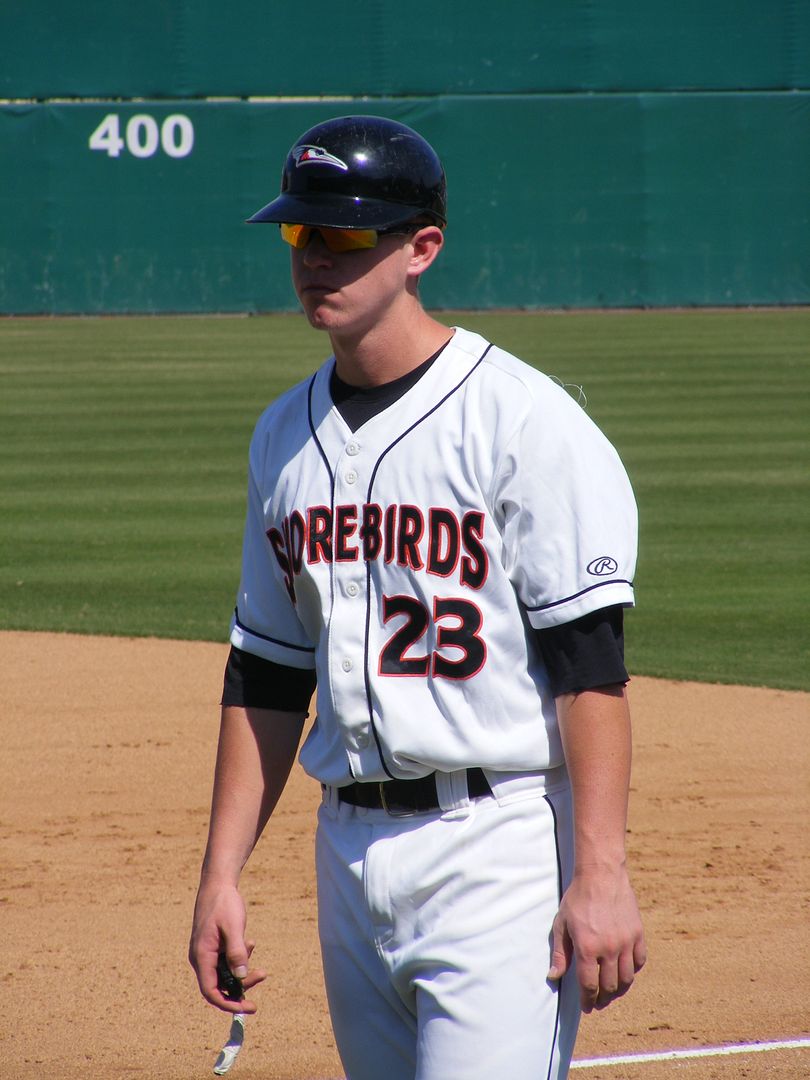
Only one Shorebird has ever won a South Atlantic League batting title, and that guy is your Shorebird of the Year, Chance Sisco.
So that’s a wrap on the player side for 2014. Next week will be my picks and pans feature speaking as a fan, and then in December I will certainly update my Shorebird of the Week Hall of Fame. It was oh-so-close to having another addition this year when Tim Berry was recalled by the Orioles in June, but alas it was for one day and he didn’t play. There are a few guys on the Orioles “taxi squad” in Sarasota who could become the Class of 2014, though, so I still hold out hope.
Then sometime around the start of spring training I’m going to try and predict the 2015 roster. As it turned out, 15 of my 25 picks were in Delmarva at some point in the season so I didn’t do half-bad I guess. Next year, if the creek don’t rise, will be the tenth season of Shorebird of the Week. But you can rest assured I won’t put the Shorebirds on the shelf for seven months.




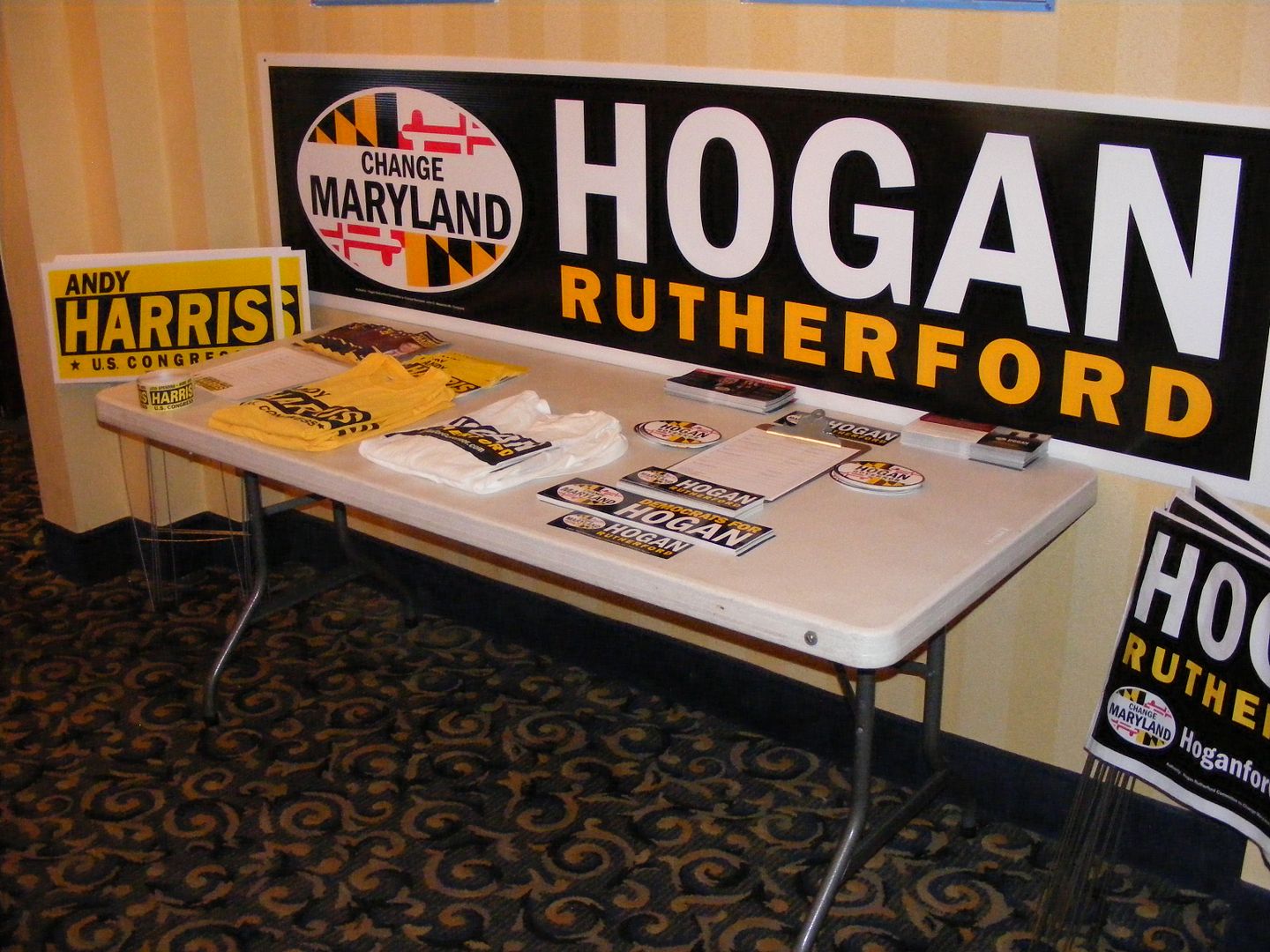

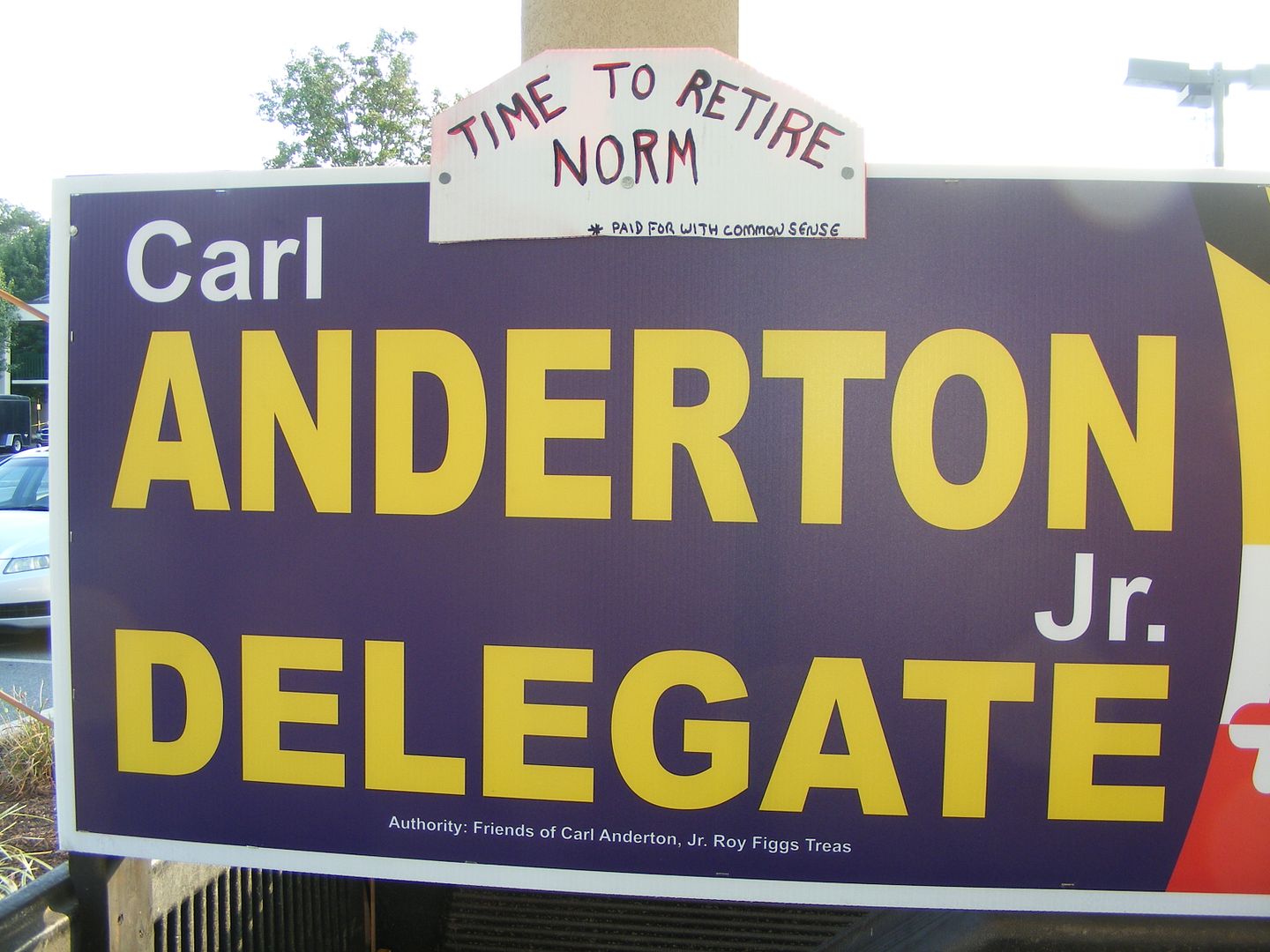
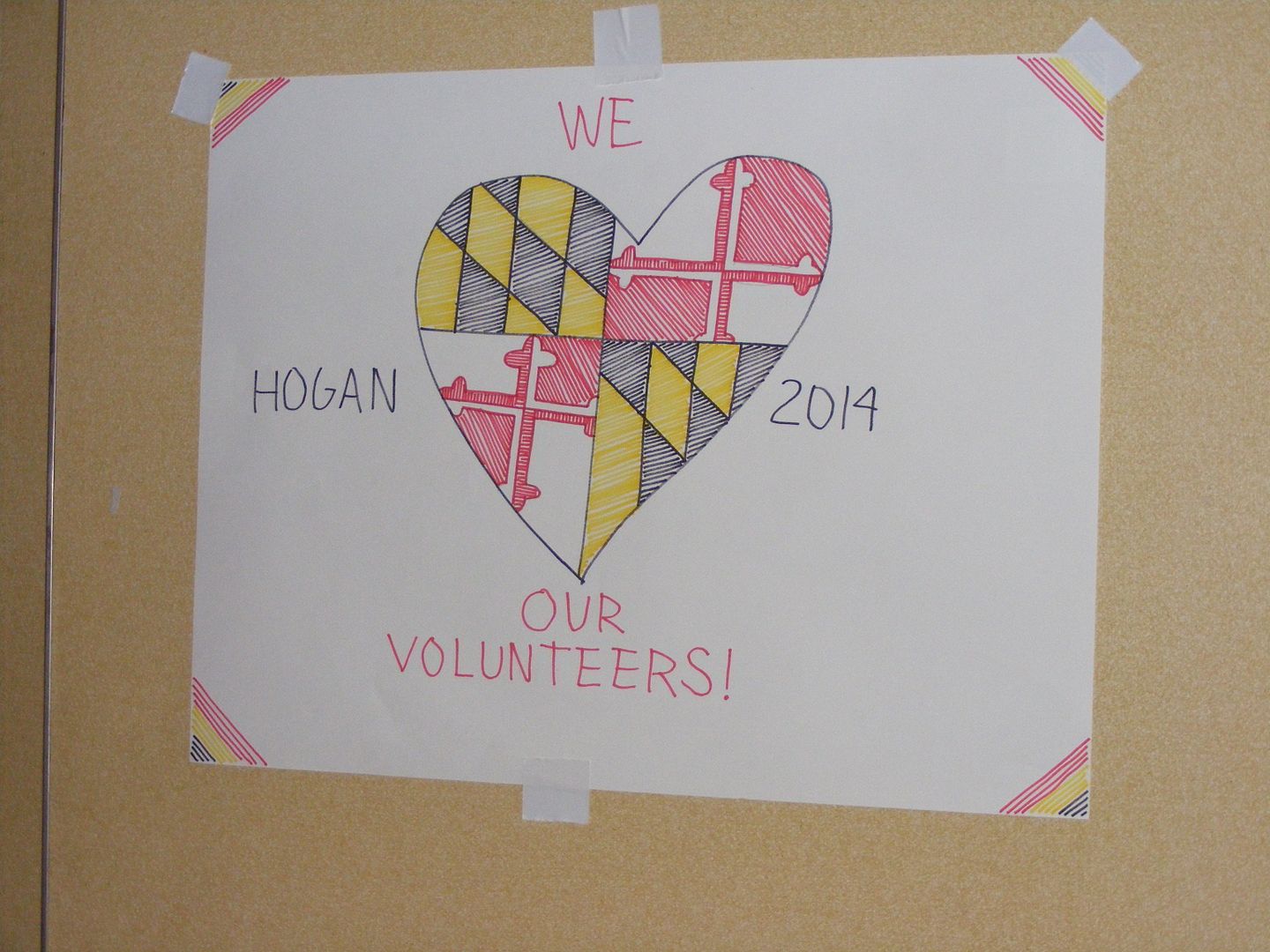
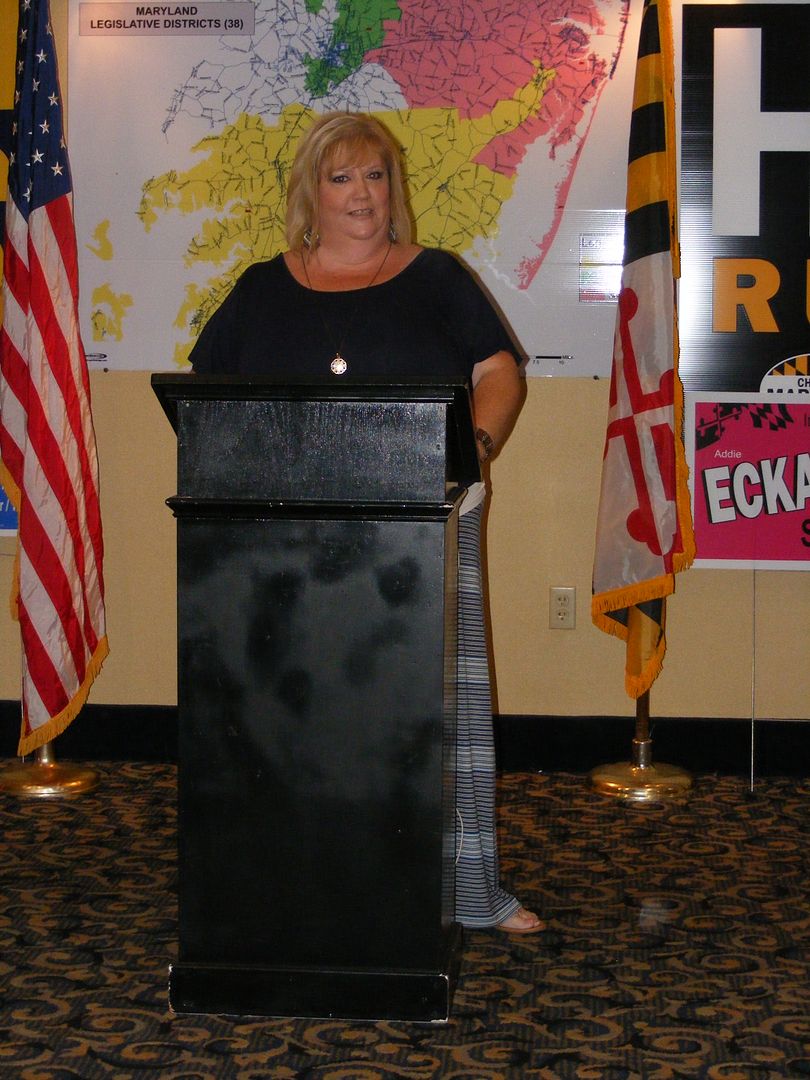
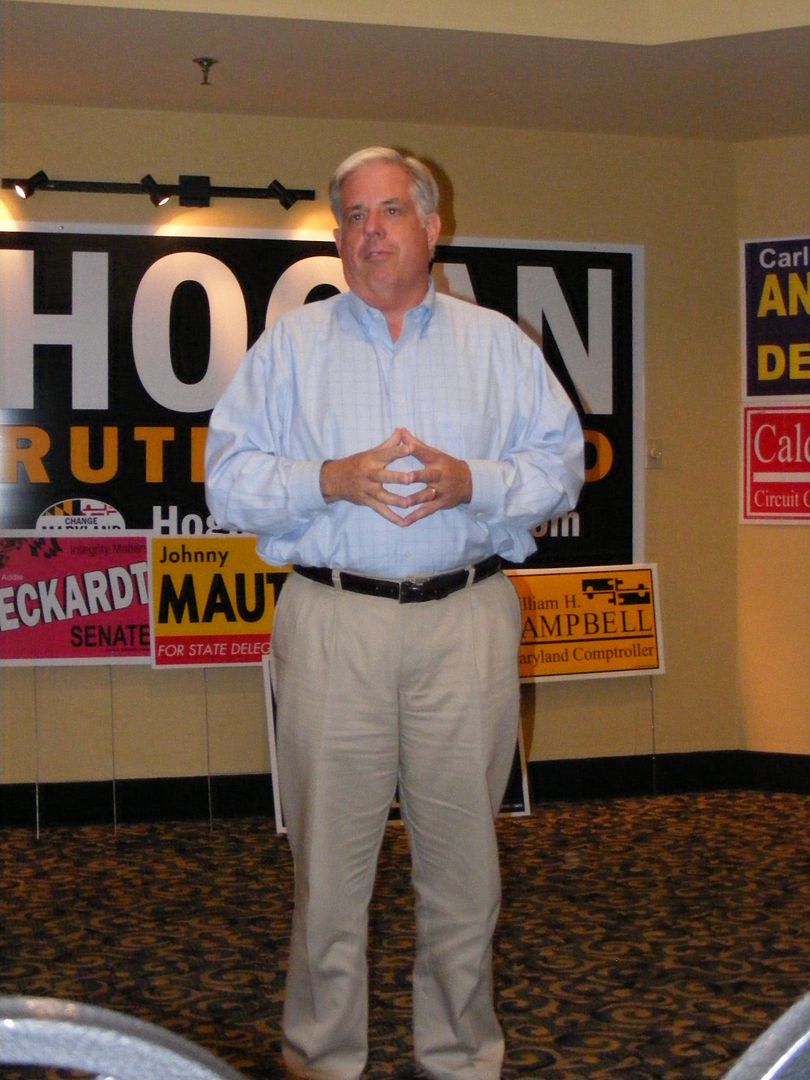
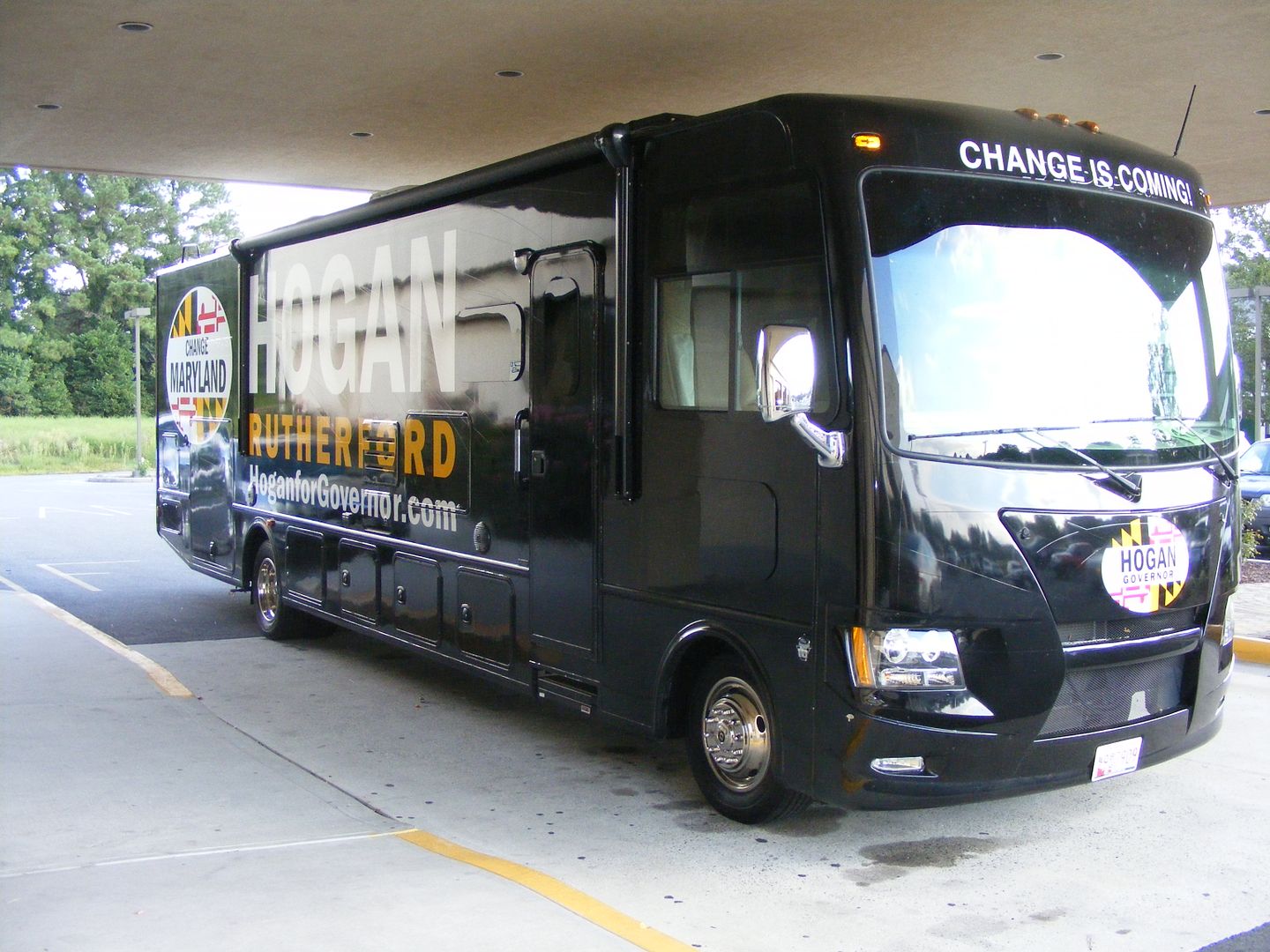

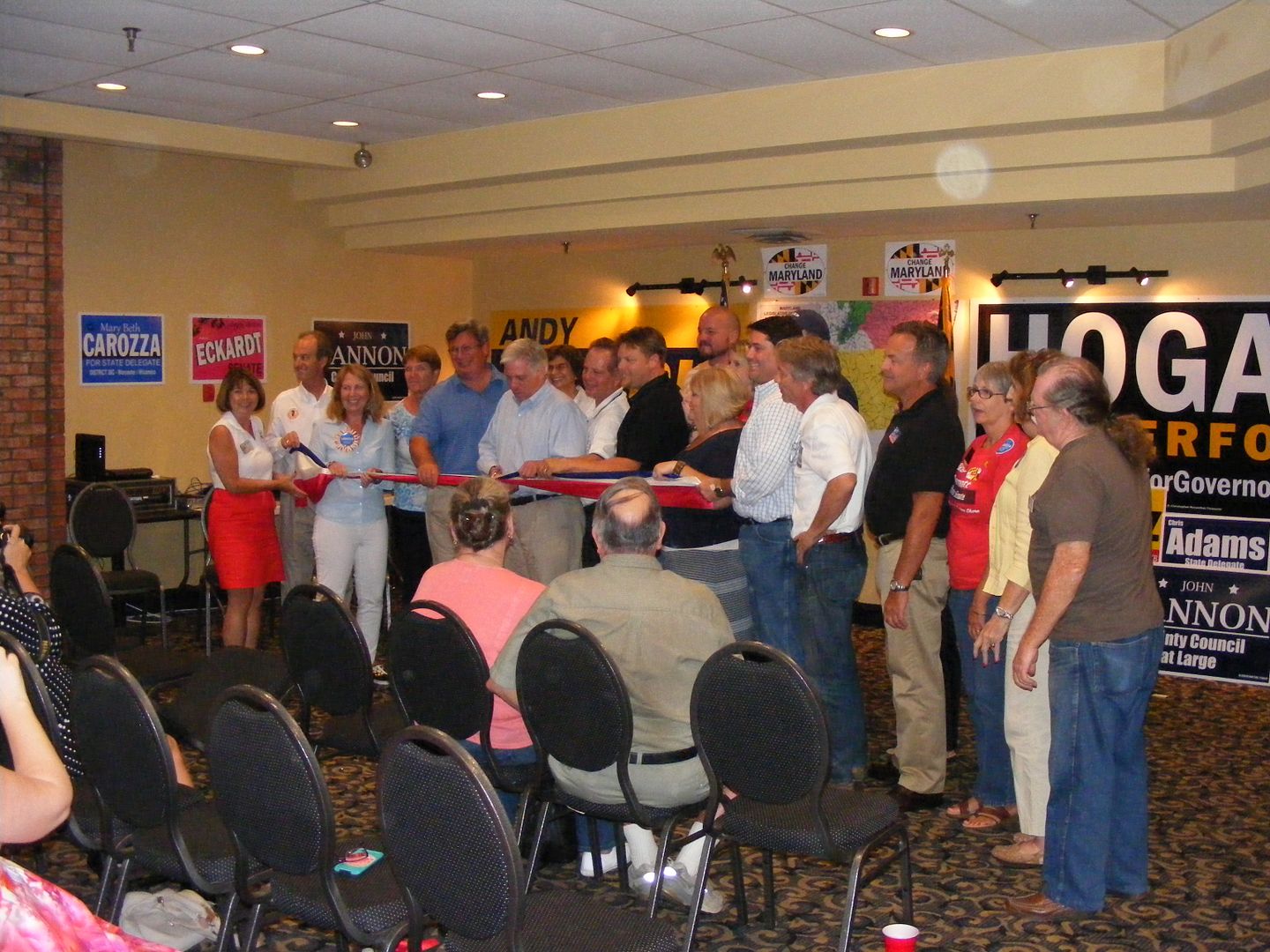

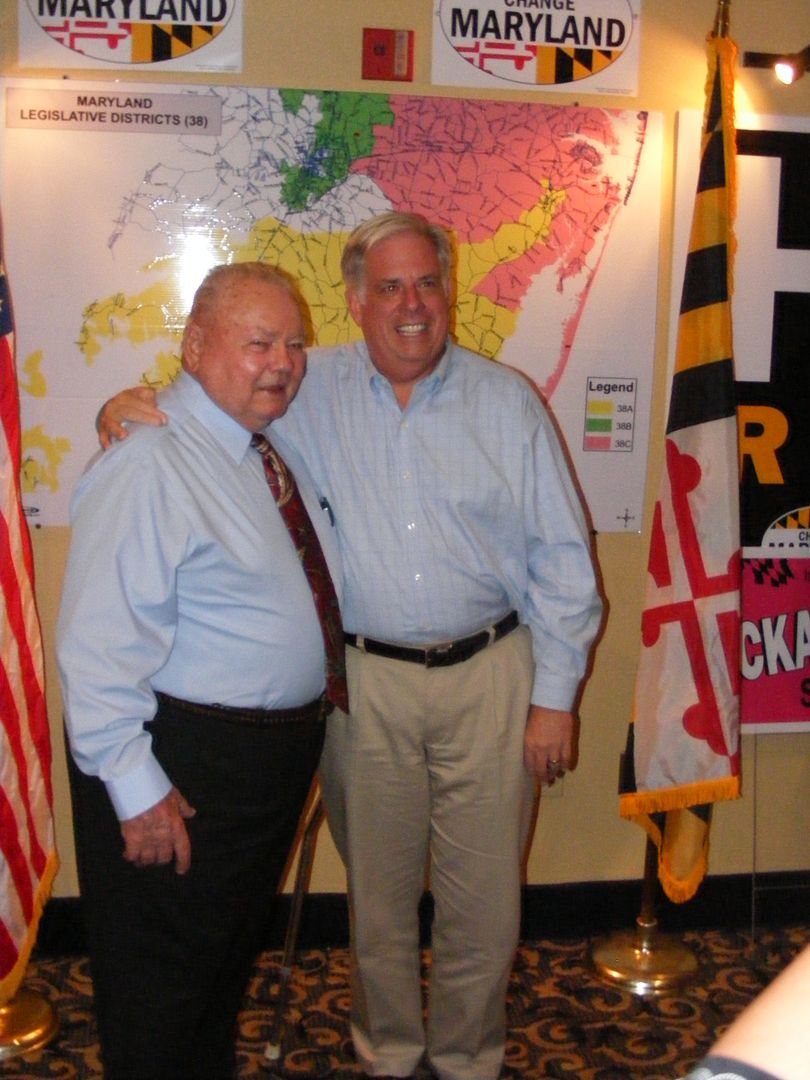




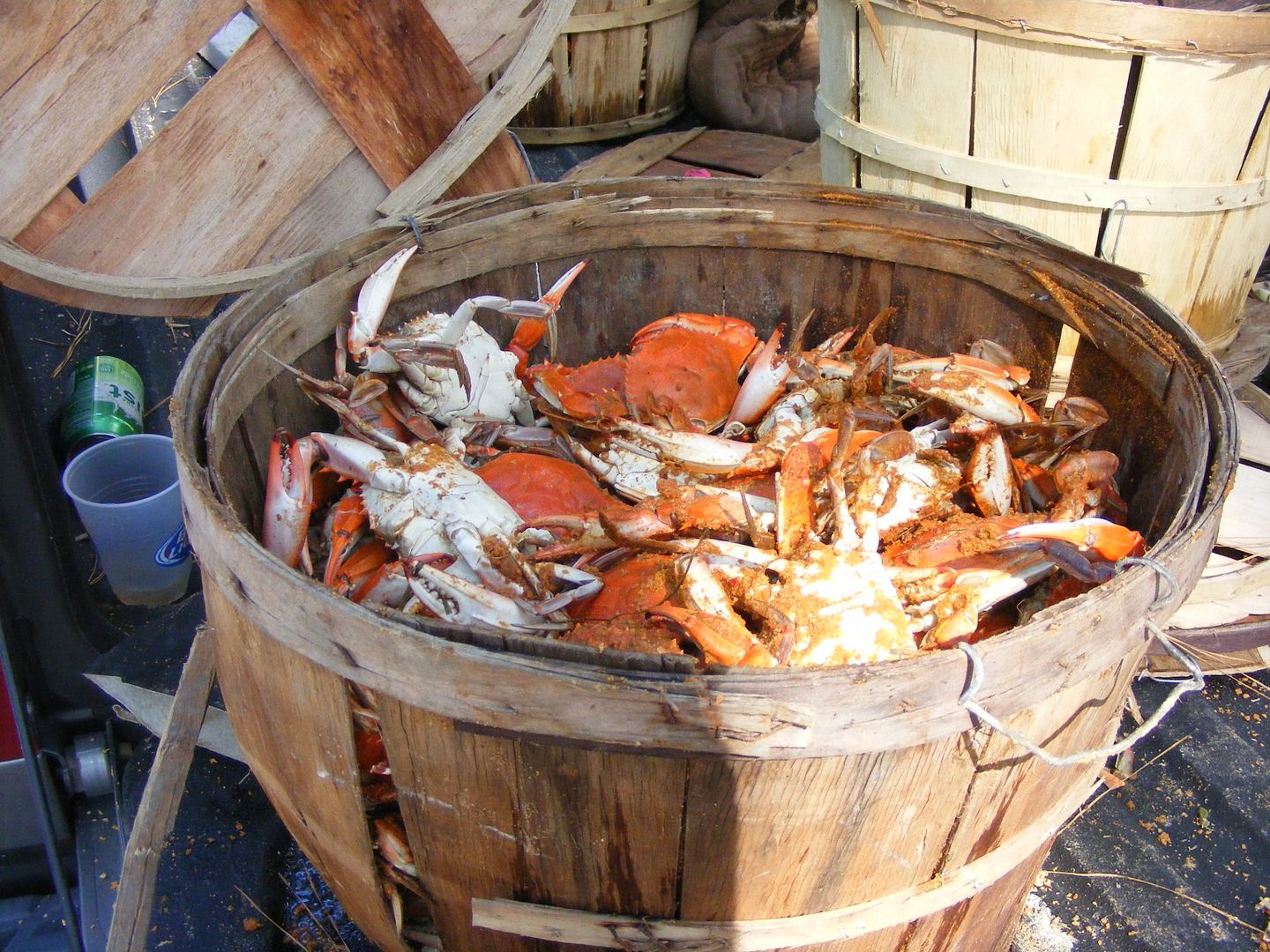

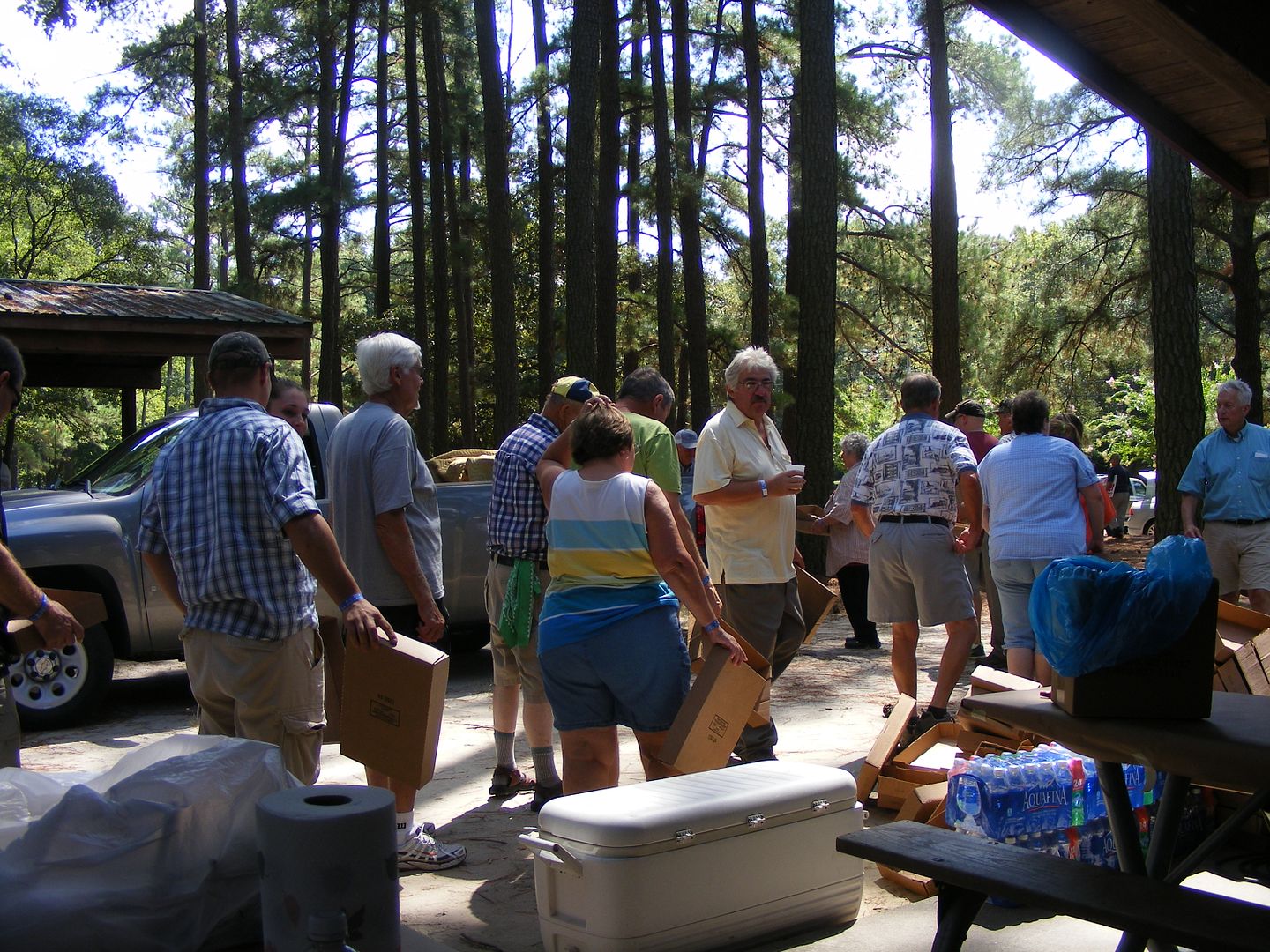
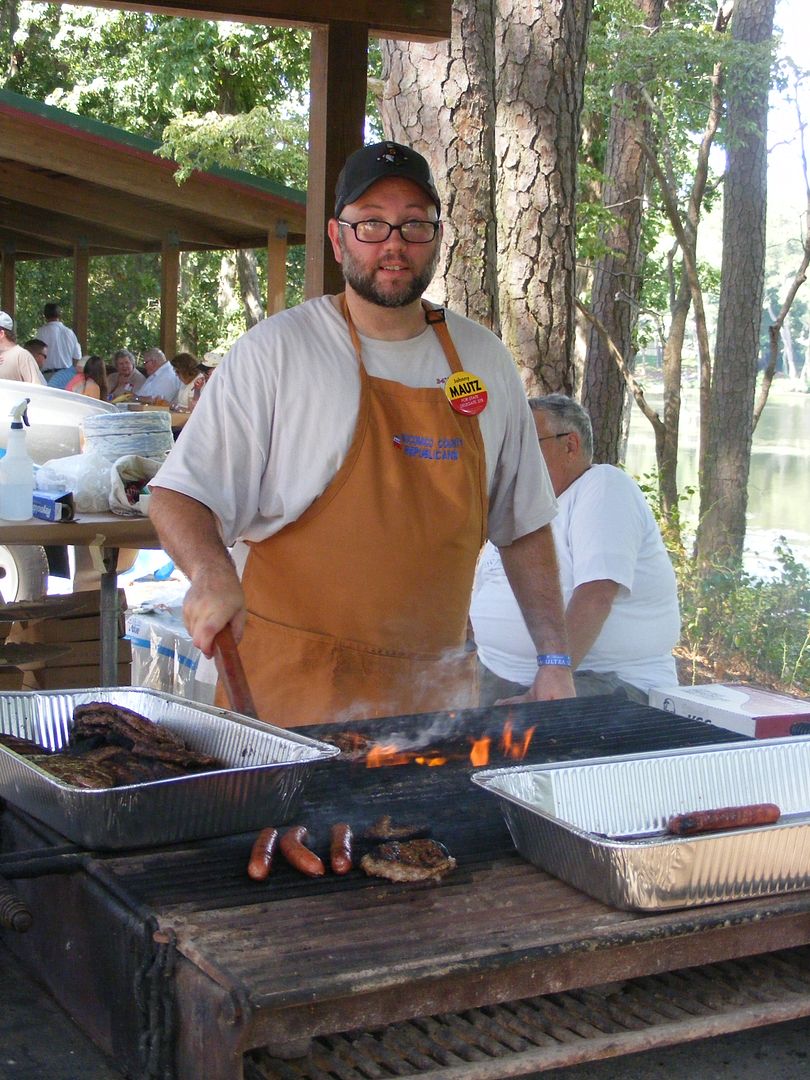


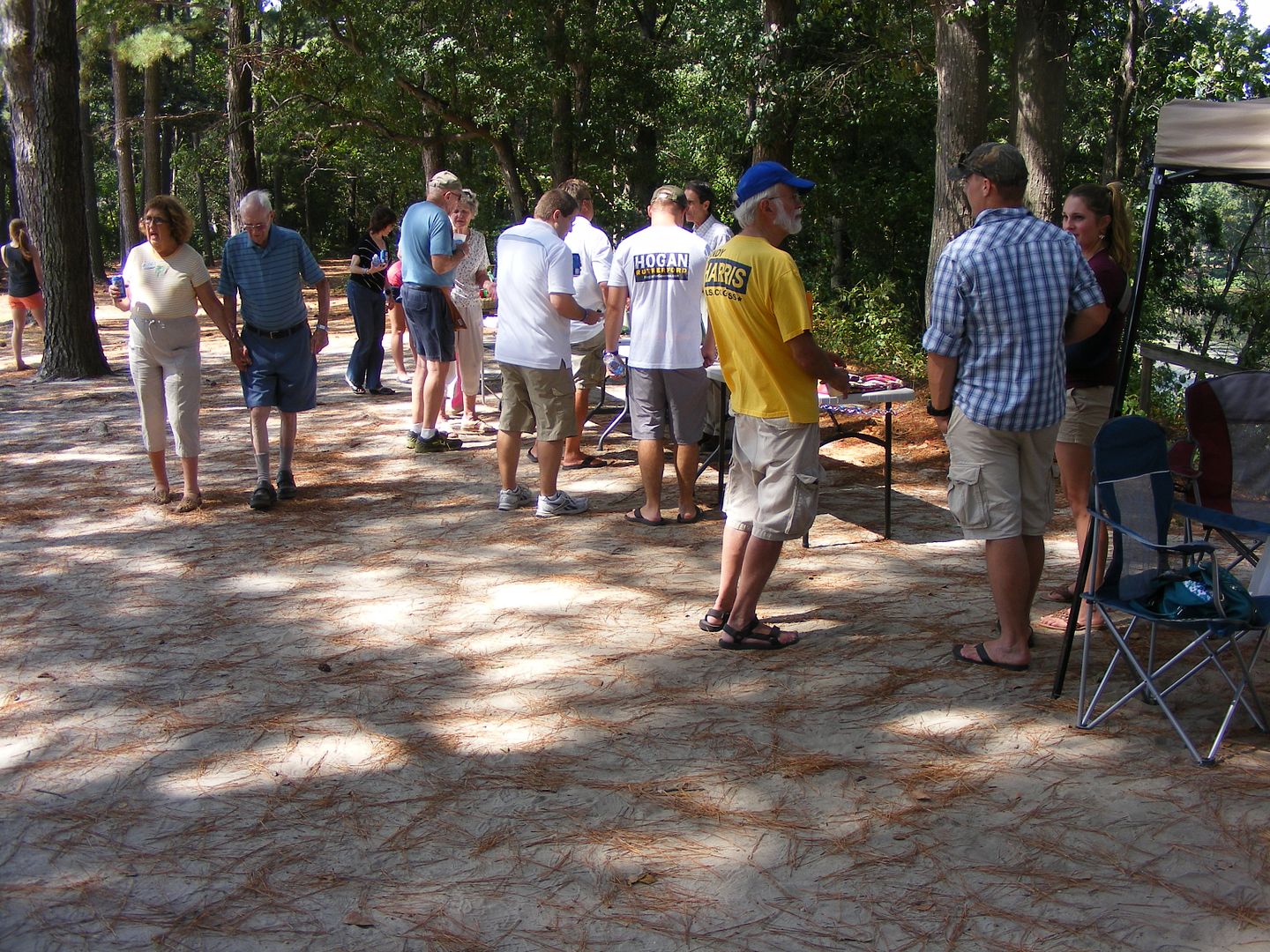
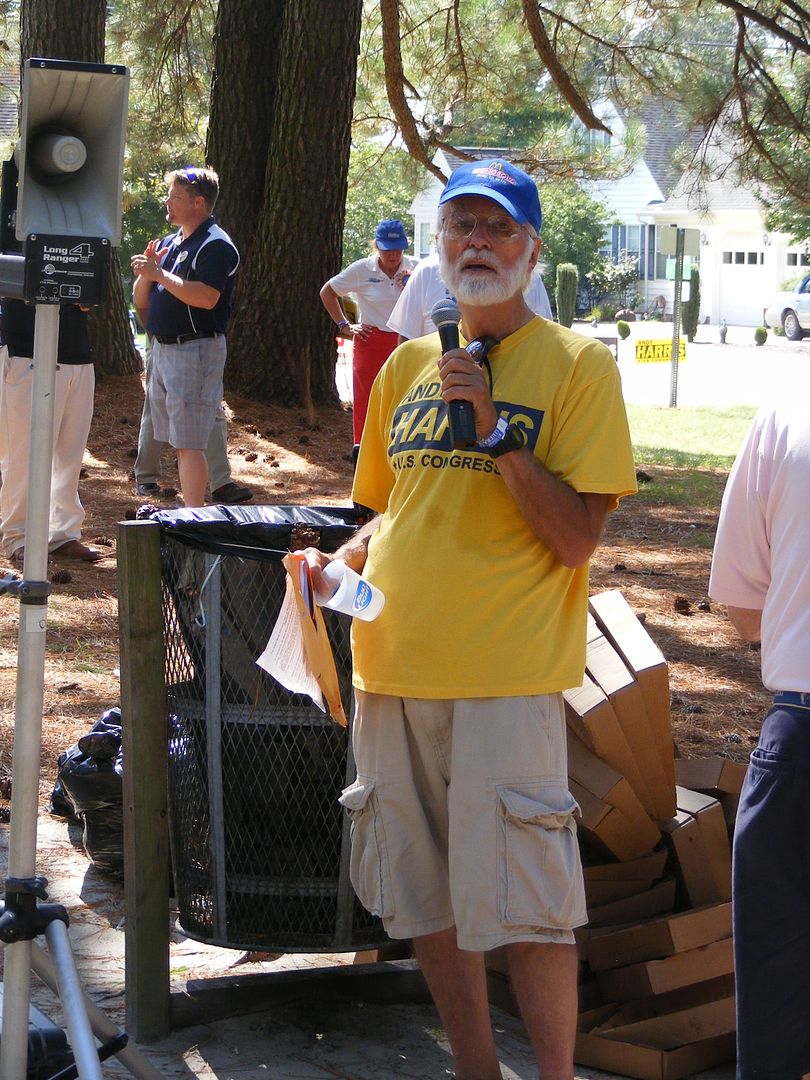
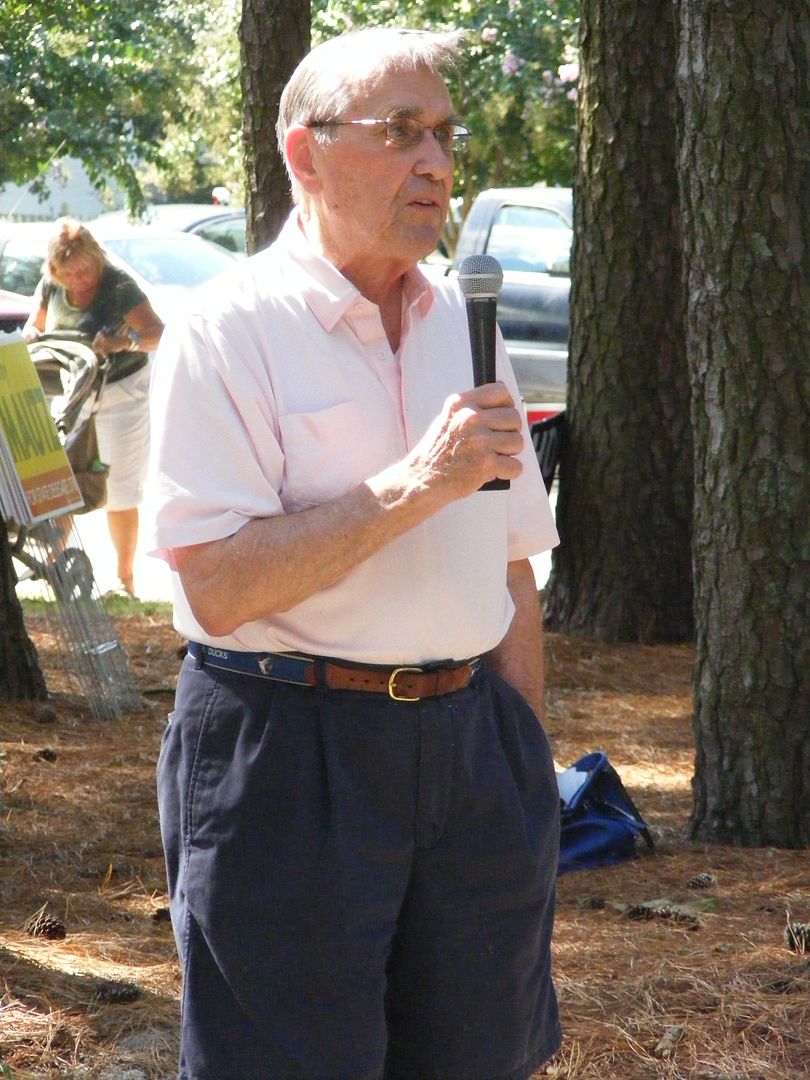
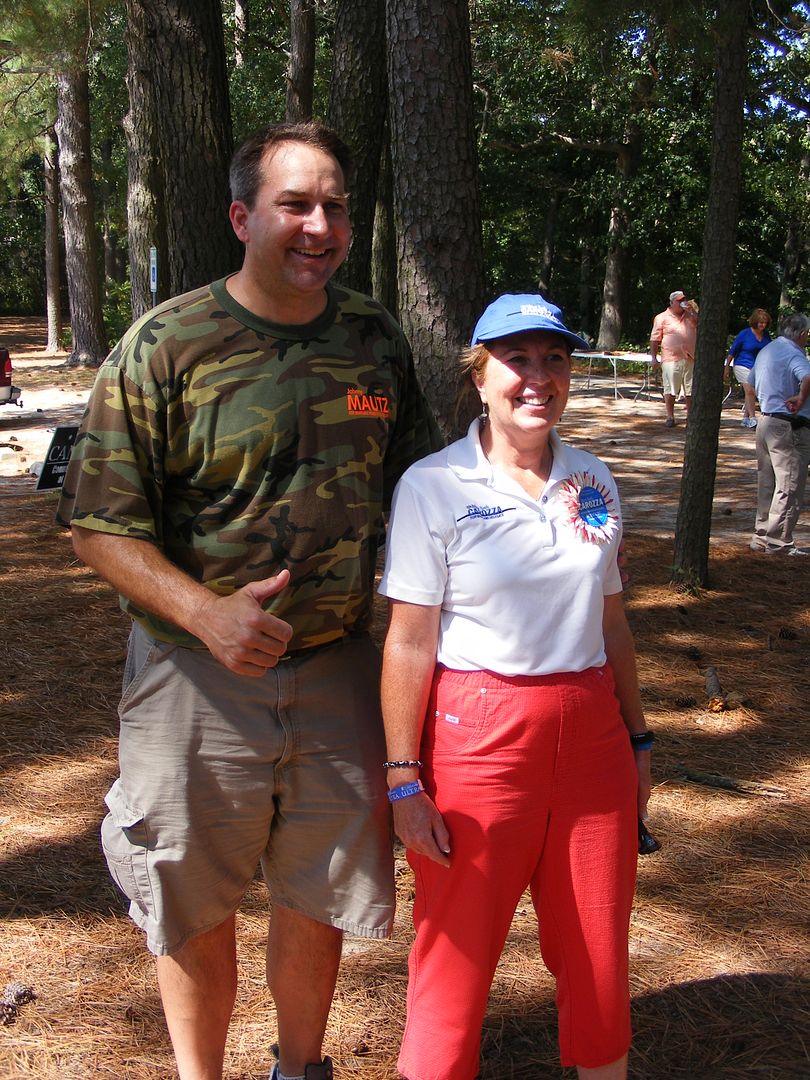
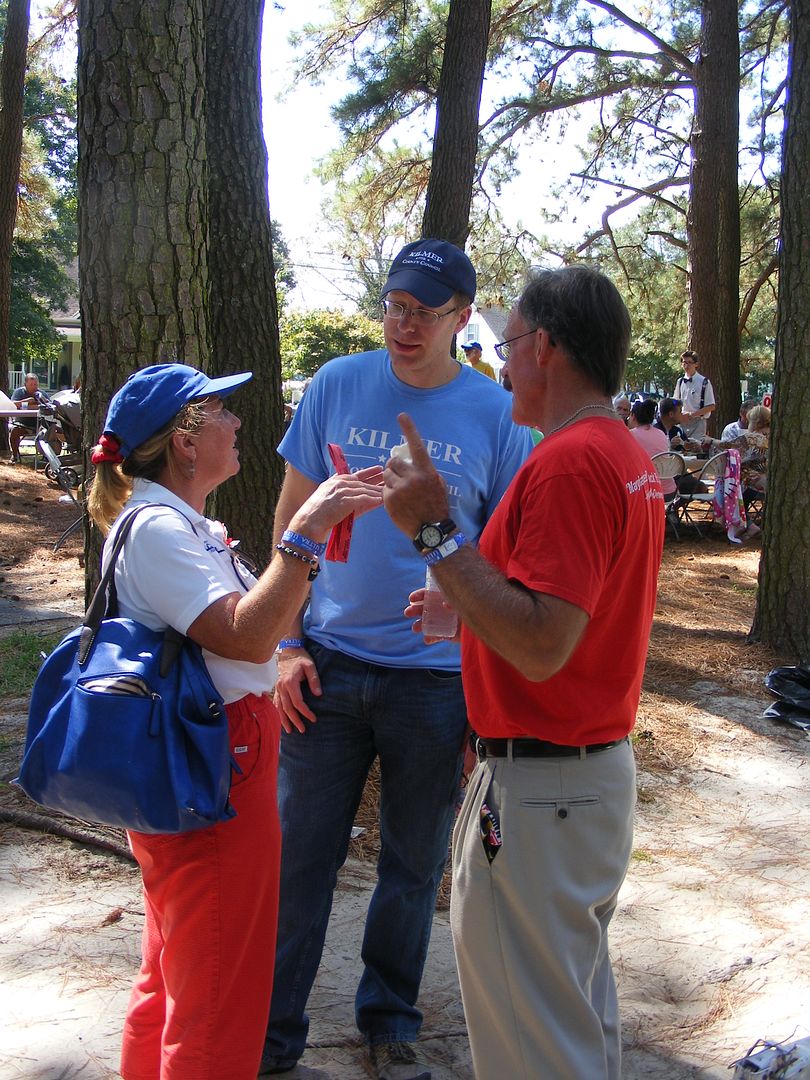
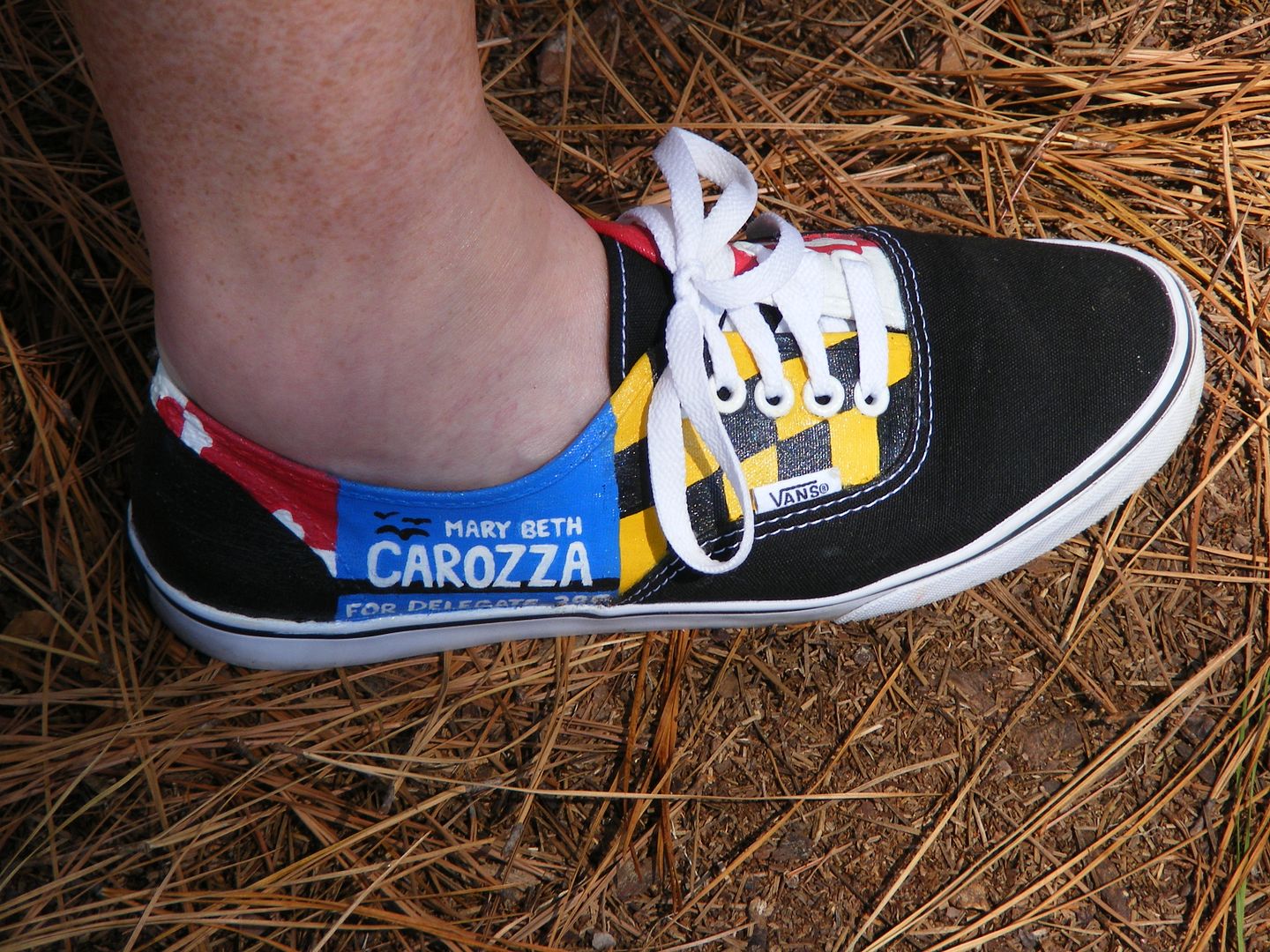

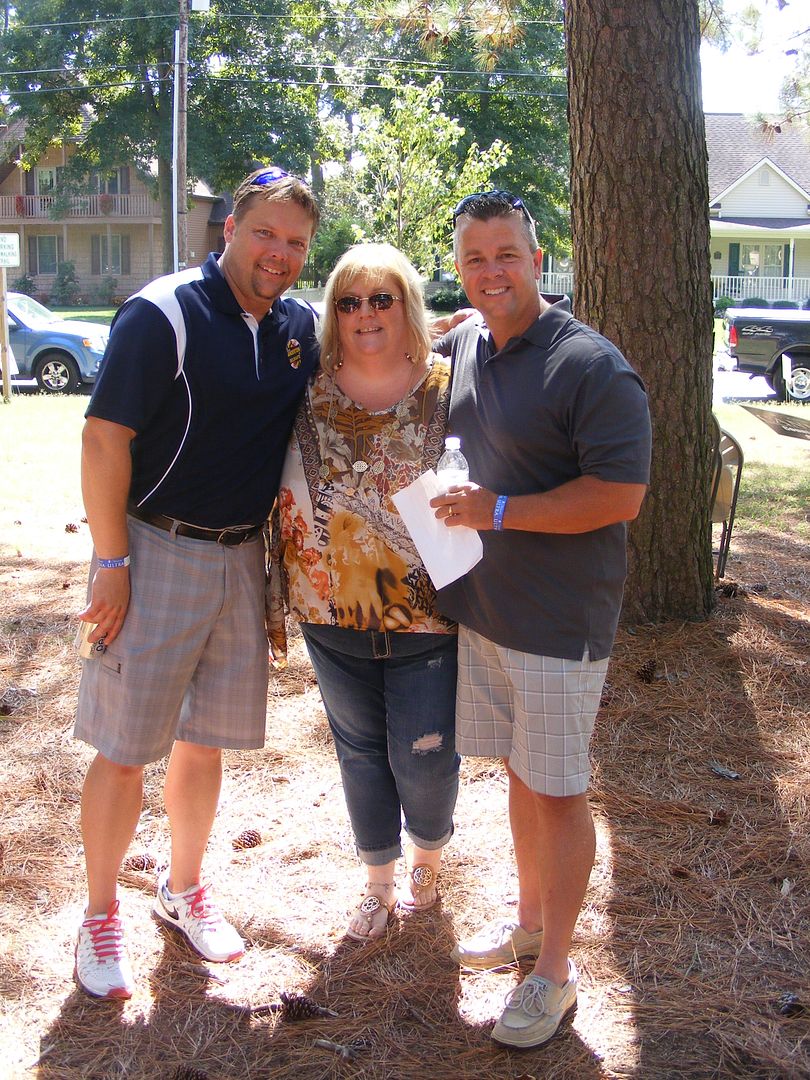

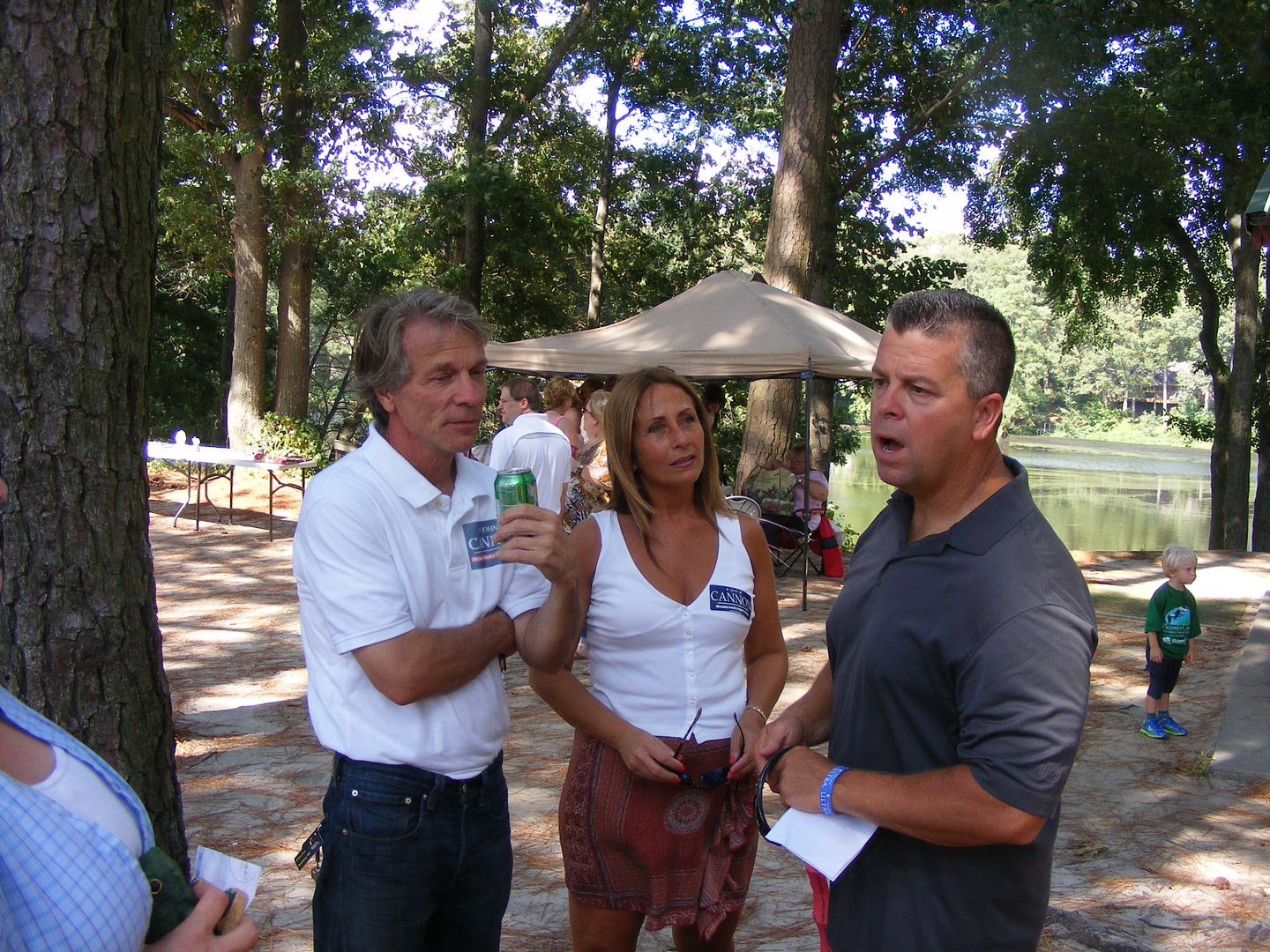
 I knew that if I reviewed music long enough I would eventually run into new material from a group I’d previously discussed, so here you go. While the single is part of the album I originally let you in on, it’s been reworked to the extent one can call it a new release.
I knew that if I reviewed music long enough I would eventually run into new material from a group I’d previously discussed, so here you go. While the single is part of the album I originally let you in on, it’s been reworked to the extent one can call it a new release.